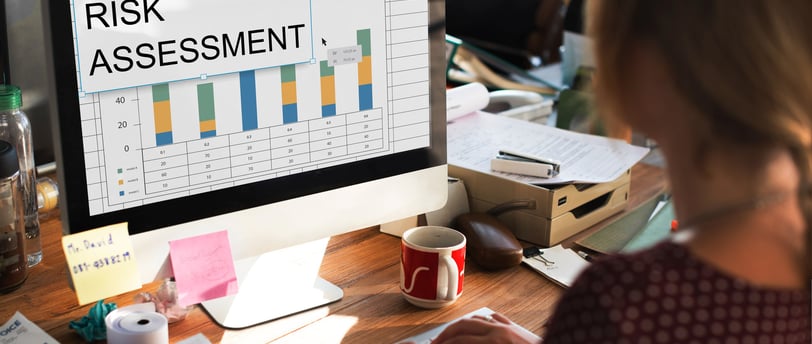Understanding and Managing Project Risks
PROJECT MANAGEMENTRISK MANAGEMENTRISK ASSESSMENT
Omotayo Orido
7/12/20242 min read


Project management is a dynamic field where risk is a constant companion. A project's ability to successfully navigate these risks may determine whether it succeeds or fails. To help you lead your projects to success, this blog examines the critical techniques for identifying and reducing project risks.
Any uncertain circumstance or occurrence that, if it materializes, could have a favorable or unfavorable impact on a project's goals is referred to as a project risk. These risks may arise from several sources, such as changes in stakeholders, resource constraints, technological problems, or outside variables like changes in the market.
Risk assessment identifies and evaluates risks to understand their potential impact on a project. Identifying risks early allows you to develop strategies to avoid or mitigate them before they become significant issues. Understanding risks helps allocate resources more effectively, ensuring time, money, and effort are spent wisely. A thorough risk assessment reassures stakeholders that potential problems have been considered and planned for, enhancing their confidence in the project's success.
To conduct a successful risk assessment, brainstorm potential risks with your project team. Consider all aspects of the project, including scope, schedule, cost, quality, and resources. Use tools like SWOT analysis (Strengths, Weaknesses, Opportunities, Threats) to uncover less obvious risks. Next, evaluate the identified risks to understand their potential impact and likelihood. This can be done qualitatively using a risk matrix to categorize risks as low, medium, or high or quantitatively using statistical models to estimate the probability and impact of risks. Lastly, prioritize risks based on their potential impact and likelihood.
After assessing risks, the next step is to develop strategies to manage them. There are several approaches to risk mitigation:
Avoidance: Change the project plan to eliminate the risk or protect the project objectives from its impact. For example, if a particular technology poses a high risk, you might choose an alternative solution.
Mitigation: Take actions to reduce the likelihood or impact of the risk. This might involve adding extra resources, extending timelines, or conducting additional testing.
Transfer: Shift the risk to a third party. This could be done through outsourcing, insurance, or contracts that transfer the responsibility for managing the risk.
Acceptance: Acknowledge the risk and opt to accept it without taking any action, generally applied for hazards with low impact.
Risk management is not a one-time activity. It requires continuous monitoring and review throughout the project lifecycle. Regularly revisit your risk assessment, update it with new information, and adjust your mitigation strategies as needed. Engage your team in this process to ensure that emerging risks are identified and managed promptly. Several tools and techniques can aid in effective risk management:
Risk Registers: A comprehensive list of identified risks, along with their analysis and mitigation plans, helps keep track of risks throughout the project.
Risk Breakdown Structures (RBS): A hierarchical representation of risks, organized by categories, aids in systematic identification and analysis.
Monte Carlo Simulations: A statistical technique that models the probability of different outcomes, helping in quantitative risk analysis.
Sensitivity Analysis: Identifies which risks significantly impact project outcomes, allowing for focused mitigation efforts.
Project risk assessment and mitigation are vital components of successful project management. By systematically identifying, analyzing, prioritizing, and managing risks, you can increase the likelihood of project success and minimize potential setbacks. Remember, effective risk management is an ongoing process that requires vigilance, adaptability, and collaboration. Equip yourself and your team with the right tools and mindset to navigate the uncertainties and steer your projects toward success.
© 2024 Gooro Consulting
All Rights Reserved.

